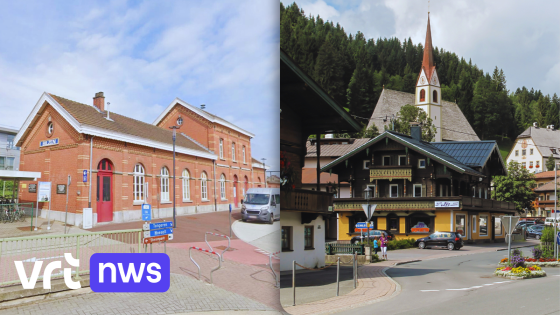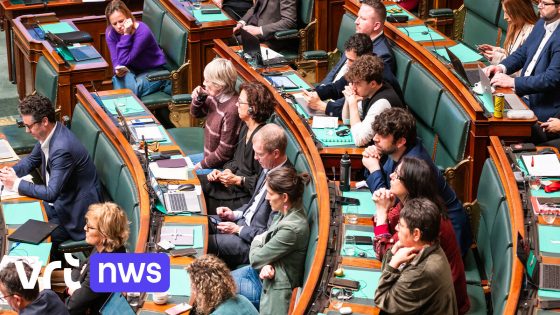The real estate speculation crisis in Eixample has reached alarming levels, with 232 properties now owned by investment funds. On February 19, 2025, local residents and organizations gathered to address this pressing issue. How will this impact the community and its residents?
- Five neighborhood associations unite against speculation
- 232 properties bought by investment funds
- 70% of rental listings are temporary
- 21% of beds in Eixample for tourists
- 4,000 invisible evictions in eight years
- Six nursing homes threatened by gentrification
Understanding the Impact of Real Estate Speculation in Eixample
What does it mean for residents when investment funds dominate the housing market? The situation in Eixample is a wake-up call for cities worldwide. With 70% of rental properties now offered only for short-term stays, locals are feeling the squeeze. This trend not only affects housing availability but also disrupts community ties.
Key Statistics Highlighting Eixample’s Housing Crisis
The data reveals a troubling picture of Eixample’s housing landscape:
- 232 properties purchased by investment funds for speculation.
- 70% of rental listings are short-term, often double the conventional rent.
- 33% increase in property prices after investment fund acquisitions.
- 21% of available beds are for tourists, impacting local housing.
The Invisible Displacement: A Growing Concern for Residents
Invisible evictions are a critical issue in Eixample. These occur when tenants leave their homes quietly after receiving eviction notices, often without legal proceedings. Over the past eight years, an estimated 4,000 invisible evictions have taken place, displacing around 10,000 residents. This phenomenon not only disrupts families but also affects children, forcing them to change schools and lose their social connections.
Gentrification’s Toll on Elderly Care Facilities
As Eixample’s real estate market shifts, elderly care facilities are also at risk. Six nursing homes have already been impacted by gentrification, with predictions that up to 50 could close by 2030. This is concerning for a district known for its aging population, highlighting the urgent need for solutions that protect vulnerable residents.
In conclusion, the situation in Eixample serves as a critical reminder of the challenges urban areas face with real estate speculation. As communities grapple with rising costs and displacement, it is essential to advocate for policies that prioritize affordable housing and protect residents’ rights.






























